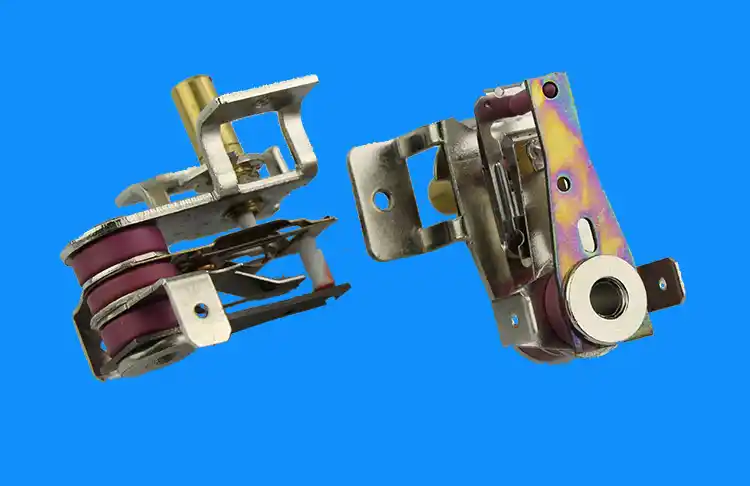Clause 3 – How to understand the definition of “thermostat”
thermostat: temperature-sensing device, the operating temperature of which may be either fixed or adjustable and which during normal operation keeps the temperature of the controlled part between certain limits by automatically opening and closing a circuit.
The thermostat itself does not control the temperature, the thermostat senses the temperature and controls the temperature by switching on or off components that affect the temperature, such as the PTC heating element. If the temperature is too high, the thermostat will disconnect the power supply circuit of the heating element, so that the heating element does not heat up, so that the temperature will be lowered; the opposite principle and operation makes the temperature rise. The purpose is to control the temperature within a certain interval range, so that the temperature does not exceed this range, nor below this range. Thermostats are often used in environments where temperature control is required, such as ovens, deep fryers, room heaters, air conditioners, refrigerators, and so on.




Please note that a thermostat is a controller that functions when the appliance is in normal operation. Many temperature control devices or temperature sensing devices have the same control principle and control method, but not all temperature control devices are thermostats. The controller corresponding to a thermostat is a thermal cut-out, and the one that operates during abnormal operation is a thermal cut-out. This distinction in the standard indicates that the requirements for evaluating a thermal cut-out are different from those for a thermostat, and we will describe the differences in a later clause.
Magnetic steel thermostat for electric pressure cooker

